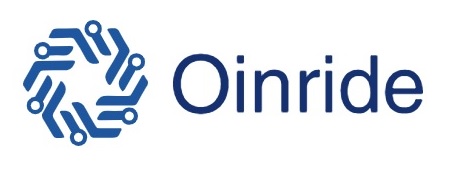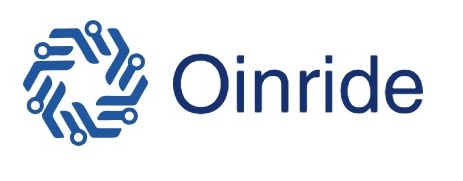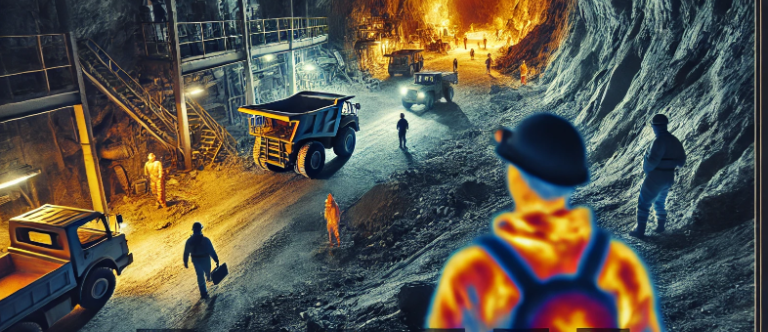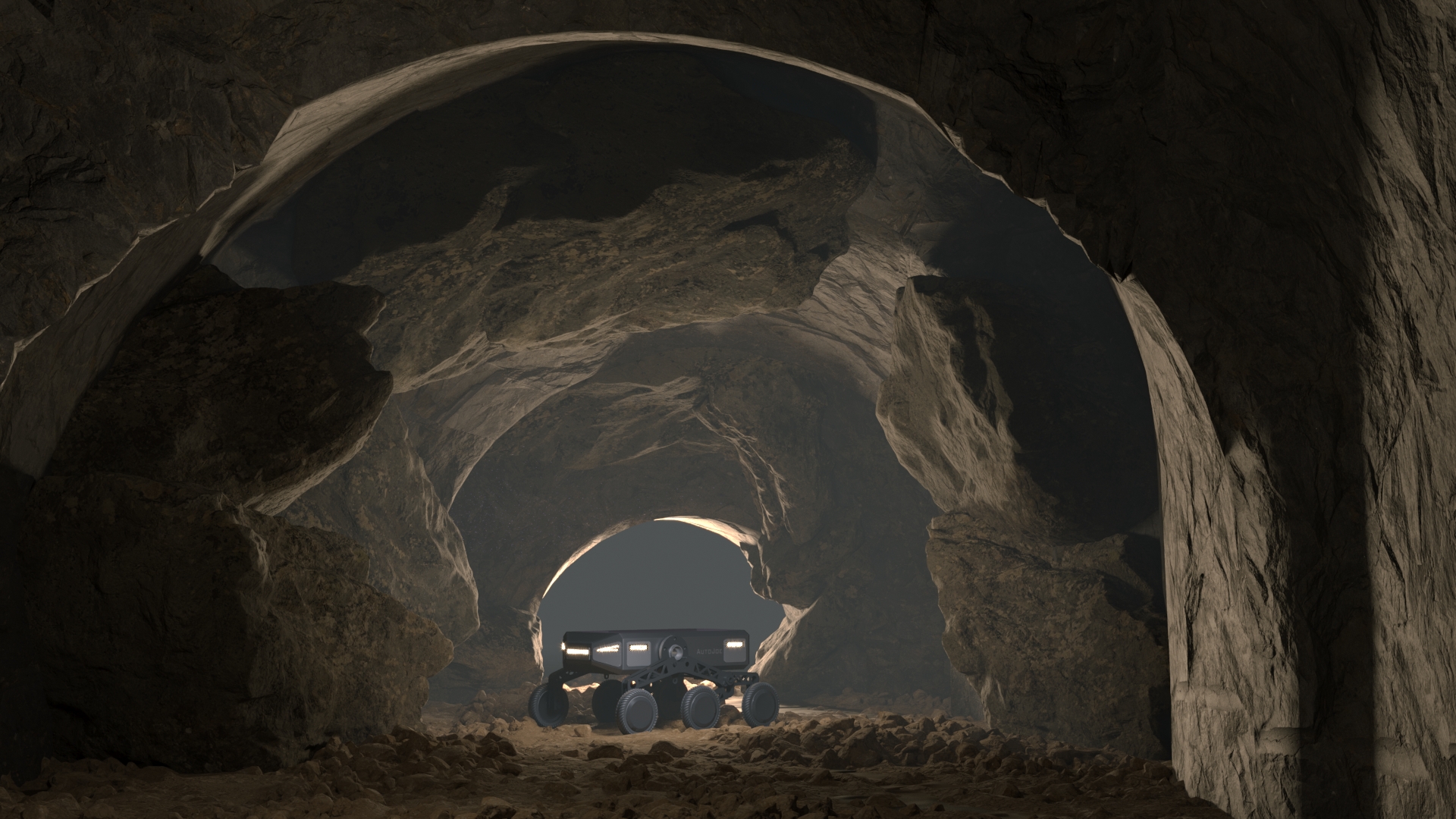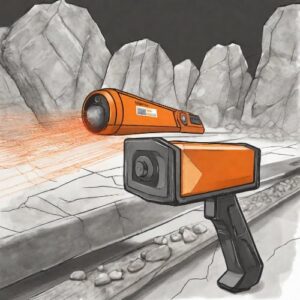Written by: Habiba Ibrahim
Safety, efficiency, and sustainability are top priorities in the ever-evolving mining industry. Thermal imaging technology, when integrated with autonomous robots like Oinride’s AutoJoe®, offers a revolutionary approach to mining operations. This technology provides valuable insights into equipment health, safety hazards, and energy efficiency, significantly enhancing overall capabilities.
What is Thermal Imaging?
Thermal imaging technology detects infrared radiation (heat) emitted from objects and converts it into visible images. Specialized cameras equipped with heat-sensitive sensors capture this radiation, creating thermal images that show areas of heat intensity. Key principles include:
- Infrared Radiation: All objects emit infrared radiation based on temperature. Thermal cameras capture this and convert it into a temperature map.
- Color Mapping: Thermal images often use color gradients to represent temperature differences. Warmer areas appear red or yellow, while cooler areas are blue or purple.
Thermal Imaging’s Impact on Mining Operations
Given its diverse applications, thermal imaging plays a crucial role in mining, where safety and minimizing downtime are paramount.
Benefits of Thermal Imaging in Mining:
- Predictive Maintenance:
- Early Detection of Hot Spots: Prevent costly equipment failures by identifying areas of excessive heat.
- Motor Health Monitoring: Detect motor overheating early to avoid catastrophic failures and ensure smooth operations.
- Hydraulic System Monitoring: Pinpoint leaks or blockages in hydraulic systems, reducing downtime and optimizing fluid usage.
- Safety and Security:
- Fire Detection: Early detection prevents catastrophic events and minimizes damage, safeguarding personnel and assets.
- Person Detection: Effective detection of personnel in areas with limited visibility enhances overall safety and security.
- Energy Efficiency:
- Identifying Heat Loss: Visualize areas of heat loss to identify potential improvements for energy efficiency.
- Optimizing Insulation: Pinpoint poorly insulated areas to reduce energy consumption and lower operating costs.
Integrating Thermal Imaging with AutoJoe®
Integrating thermal imaging cameras with Oinride’s flagship robot, AutoJoe®, creates an advanced solution for maximized automation and efficiency in mining operations. In underground operations, thermal imaging combined with AutoJoe®’s advanced sensors provides a clear vision regardless of the environment.
Benefits of AutoJoe® with Thermal Imaging:
- Remote Monitoring: AutoJoe® conducts real-time monitoring of equipment health and safety conditions, allowing for proactive management.
- Predictive Maintenance: Maintenance scheduling becomes more effective with insights derived from thermal data.
- Enhanced Safety: Increased potential for detecting hazards like overheating or fires leads to a safer work environment.
- Optimized Energy Efficiency: Identify energy loss and pinpoint opportunities for improvement.
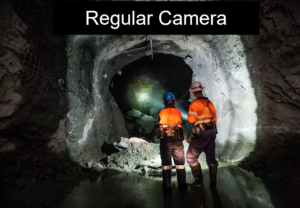

Conclusion
The combination of thermal imaging and Oinride’s robotic solution AutoJoe® represents a significant leap forward for the mining industry. By leveraging the capabilities of technologies like AutoJoe® alongside thermal imaging, mining companies can unlock new levels of operational excellence while demonstrating a commitment to environmental responsibility.
References:
[1] https://www.sciencedirect.com/science/article/abs/pii/B9780128033845000038
[2] What is Thermal Imaging? Thermal Cameras and How They Work | Fluke.
